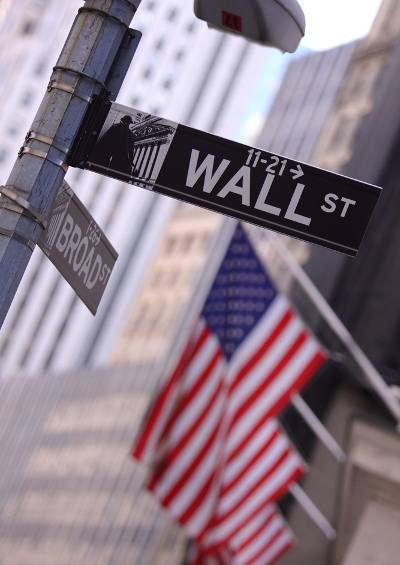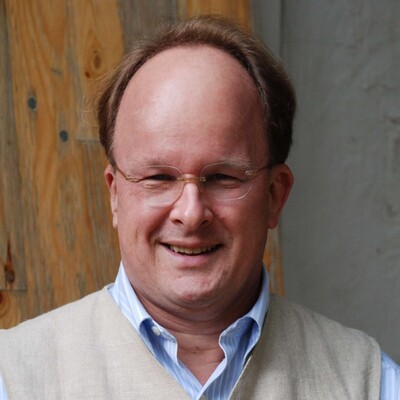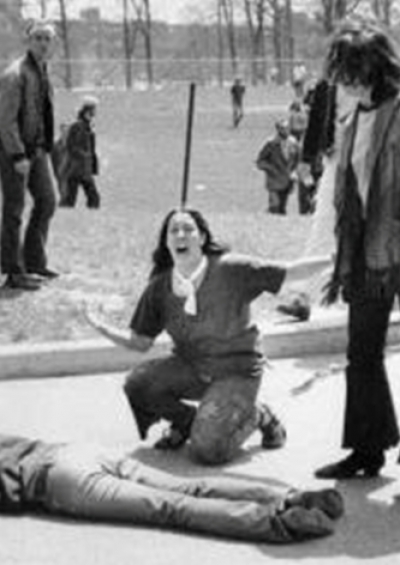Kent State at 50: An America Even More Divided
Is it possible that U.S. society is more divided today than it used to be at the height of the anti-Vietnam war protests in the late 1960s?
May 4, 2020

Back in the day of the Kent State shootings, the United States used to be profoundly divided over political issues.
Specifically, the fight in the late 1960s was about the war in Vietnam and more civil rights for African-Americans.
In the aftermath of the Kent State protests, it became commonplace to say that the United States was then more divided than it is today. That is no longer the case.
A very different divide today
Today, the United States is polarized over basics – as elemental an issue as our shared history and sense of who we are.
But in particular, the division today concerns a profound socio-economic divide, featuring an ever smaller and richer plutocratic class and pretty much the rest of the U.S. population.
Sadly, the coronavirus crisis only makes these pronounced divisions that much more salient in character.
No longer primarily a cultural divide
In other words, we are even moving beyond the cultural division which featured a working-class rebellion against the privileged, entitled elites running the country.
That new establishment was described as politically correct, favoring abortion on demand, same sex marriage, relatively open borders and globalization.
These forces faced off with populists, nationalists, conservatives — call them what you will — who said not so fast. They blamed free trade for the loss of factories and good jobs, income inequality and the hollowing out of cities.
They also opposed illegal migration because non-English speakers tend to push down wages.
Donald Trump — an ill-fitting messenger if there ever was one — won the presidential election in 2016 by playing to that divide, lamenting the decline of patriotism and religion.
No more moving toward unity
Following the divisive 1960s, the United States proved to be resilient. Beliefs that were then still considered the preserve of the left were integrated into the broader culture. Examples: Gay rights and gender equality are now enshrined in law. Alternative lifestyles are accepted.
But while natural foods and organic farming are now main stream, environmental protection has been challenged by the Trump administration time after time.
The new upstairs, downstairs divide
The new divide is about more than the oft-described chasm between coastal elites and a populist hinterland.
And it transcends political combatants retreating the well-established fact of their retreat into comfortable silos reinforcing their prejudices — one side watching CNN and MSNBC, the other Fox News.
But the new lament isn’t just about the absence of another Walter Cronkite, i.e., a media person representing a unifying element.
Respect and civility are now in short supply. But what the aftermath of the corona crisis will lay brutally bare is that ideology is no longer the real divide.
The socio-economic status is the new divide that, at least factually, transcends politics. Viewed through that lens, both Democrats and Republicans, as well as independents, in the lower 80-90% of the U.S. income divide have more in common with each other than with the country’s upper class.
The latter is far from being a Republican monolith and consists of a very sizable contingent with Democratic Party leanings.
A bright future?
While many Americans were pessimistic about reconciliation after the 1960s, they ultimately came away pleasantly surprised about the national healing back then.
One suspects that many people hope that the deep rift that shapes U.S. society today will eventually be healed.
But no one can be sure. While Americans ceremoniously recite their belief that the country’s core institutions are intact, they are indeed very brittle at the present time.
And while it is claimed that both political camps grudgingly respect democratic principles and rely on the constitution as an arbiter, that assumption too has turned into a very contested minefield.
Takeaways
Today, the US is polarized over basics – as elemental an issue as our shared history and sense of who we are.
The US has a profound socio-economic divide -- an ever smaller and richer plutocratic class and the rest of the US population.
The coronavirus crisis only makes the pronounced divisions in US society that much more salient in character.
Many people hope that the deep rift that shapes US society today will eventually be healed. But no one can be sure.
Americans ceremoniously recite their belief that the country’s core institutions are intact. But they are very brittle at the present time.
Authors

Stephan Richter
Publisher and “Editor-in-Chief of The Globalist, and Director of the Global Ideas Center, a global network of authors and analysts.
Barry Wood
Barry D. Wood is a Washington writer and broadcaster. His new book is Exploring New Europe, a Bicycle Journey. His twitter handle is @econbarry
Read previous

Global History
50 Years After Kent State
May 4, 2020